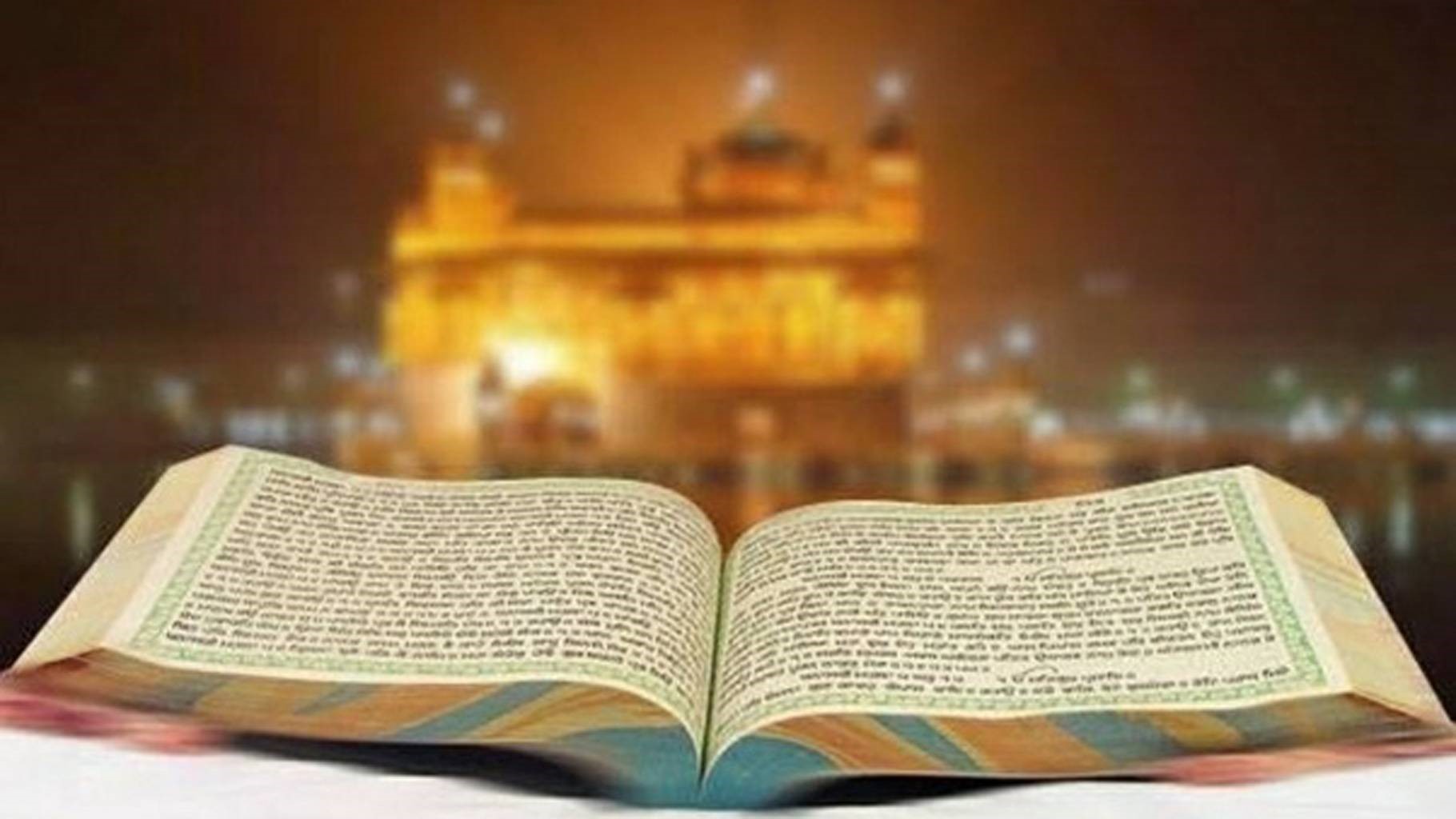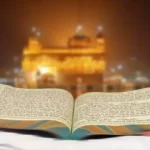Guru Gobind Singh Ji entrusted the Guruship to the Guru Granth Sahib Ji, the last and immortal Guru, following 10 human Gurus. It is more than a text; it is a conduit for the Gurus’ vital teachings. The Guru Granth Sahib Ji is the ultimate edition of the Adi Granth, which contains verses written by our Gurus as well as quotes from Muslim and Hindu prophets. Guru Arjan Dev Ji, the fifth Guru, meticulously assembled the very first edition in 1604.
Guru Gobind Singh Ji completed the Adi Granth in 1708, titled it, and designated it as his legacy. You can discover the wisdom, insight, and spirit of our Gurus intact inside the sacred text.
Another of the Guru Granth Sahib’s outstanding virtues is its catholic nature. There isn’t a single religious scripture of that grandeur that is unbiased, animus, and debated. Indeed, Granth’s singularity in this regard is all the more remarkable when we consider the obscurantism, factional infighting, and religious zealotry of the era in which it was written.
Appart is the only text of its kind to hold the melodies, hymns, and speeches of a wide range of saints, sages, and minstrels within its hallowed pages. It’s worth noting that a significant portion of the volume contains the works of Hindu bhaktas, Muslim divines, Sufi poets, and other God-obsessed people.
The Guru Granth Sahib’s Sikh ideology is primarily a philosophy of action, deed, and aftermath. It drifts away from queitism, and inactquietism illusions, while it is entirely in line with traditional Indian questions once questions the origin of the universe and the fundamental essence of existence. The focus is on shared community experience as well as purposeful and idealistic participation. Sikhism’s central tenet is the elimination of the ego or self. We realize that the only way to obtain fulfillment is to immerse oneself in the sea of life. A Sikh is expected to be an insider, seeing all forms of estrangement with disdain.
Of all, in the middle of labor activity and involvement, the ideal Sikh is expected to cultivate the traits of meditation, calm, and interiority. He, too, sees the universe as essentially Maya or illusions, and man’s life as a pageant of light and shadow, but Nirvana can only be attained by accepting the actuality of this illusion, and a right disposition of one’s allocated role in life’s nightmare world. To that sense, the world’s comparative concreteness or solidity might be accepted as a measure of comprehension.
The artifact of the stage or theatre must be taken for granted as long as the human has a part to perform. Because it has delighted the Creator to create the world and populate it with multiples of Himself, He has done so. And everything happens according to a predetermined plan. The grand performance on Earth has been built and disassembled several times. The ability to fully know the essence of reality is not granted to creature man.
Final Compilation of Guru Granth Sahib Ji
Many counterfeit editions of the Adi Granth were released under the Guruship of Guru Gobind Singh Ji, the tenth Guru. He intended to finish the project.
He transcribed the whole Adi Granth, adding 115 new hymns by his father Guru Tegh Bahadur Ji.
Guru Gobind Singh Ji placed the revised and finalized Adi Granth as his heir on October 20, 1708, as he was nearing the conclusion of his earthly existence. Guru Granth Sahi J, named it, and he stated, “Anyone who wishes to see me, O Beloved Khalsa, should look at the Guru Granth. The Guru’s physical body is the Granth Sahib, so obey it. Anyone who wishes to meet me should search its Bani (teachings) thoroughly.”
Even today, the Guru Granth Sahib Ji is respected. The Gurus’ words can be found in the sections which invite us all to go further into meditation.
Since the Guru Granth Sahib Ji is revered as a Guru, we have various rituals in place to engage with him. Each Gurdwara has the Guru Granth Sahib Ji placed. Daytime, it is kept on a Manji Sahib (little bed) in the great hall, which is put on top of a Takhat (high platform).
When the Guru Granth Sahib Ji is not being read, a special fabric called a Rumalla is draped on it. A Chanani is a canopy that hangs above the Guru Granth Sahib Ji.








